TMJ & TMD
If you are suffering from frequent headaches, jaw aches, and/or aching facial pain, it could be Temporomandibular Joint Disorder, also known as TMJ or TMD. This condition involves your jaw joint and can make chewing and talking painful.
If you think you may have TMJ or if your dentist has diagnosed you with it, read on for causes, symptoms, and TMJ treatment.
Do you have frequent headaches, earaches, tender jaw muscles or a dull, aching facial pain? Does your jaw lock or stray to one side when you open your mouth? These aches and pains may be related to the jaw joint, called the temporomandibular joint or “TMJ,” and the muscles that work to move the joint. These painful conditions are often called “TMD” for temporomandibular disorders.
How your jaw joints and muscles work
The TMJ and muscles on each side of your jaw help open and close your mouth. These joints move in many different directions. They allow you to chew, talk, and swallow.
Thesejoints are among the most complex joints in the body. They work together in a delicate balance with muscles, ligaments, cartilage, and your jaw bones. When a problem prevents these parts from working together properly, pain may result.
Signs and symptoms of TMD
A temporomandibular disorder is a condition, not a specific disease. TMD can have many different signs and symptoms, from mild to severe. Some people may have symptoms but are still able to fully function in their everyday lives. TMD appear to be more common in women. Specific symptoms may include:
pain in or around the ear
tender jaw muscles
clicking or popping noises in the jaw
difficulty opening or closing the mouth
pain when yawning or chewing
jaw joints that feel as if they are “locked,” “stuck,” or they “go out”
headaches
TMD is often managed rather than cured. Several conditions may be linked with TMD This often makes it difficult to pinpoint the cause of a particular case of TMD.
Related conditions may include:
jaw or head injuries
diseases that affect the muscles or joints, such as arthritis
tooth grinding
anxiety and/or stress
To determine how best to treat your condition, a complete evaluation is recommended.
Your dentist may check your jaw joints and muscles for tenderness, clicking, popping, or difficulty moving.
Your complete medical history may be reviewed, so it is important to keep your dental office records up to date.
Your dentist may take X-rays and may make a model of your teeth to see how your bite fits together.
Your dentist may also request specialized X-rays of your TMJ.
Treatment options for TMD
For some patients, TMD may disappear on its own. For others, it may come and go, or may worsen over time. TMD are often managed, rather than cured. Your general dentist may recommend treatment, or they may refer you to a physician or a TMD specialist.
The success of the treatment often depends upon you and your dentist working together to find what works best to relieve your symptoms.
Treatment may involve a series of steps. The step-by-step plan allows you to try simple treatment before moving on to more involved treatment. Experts generally recommend a “less is often best” approach to treating TMD.
These self-care practices may be recommended:
eating softer foods or avoiding foods that cause symptoms
minimize extreme jaw movements, such as yawning, yelling, or singing
avoid chewing gum
reducing the pain with heat or ice packs
practicing relaxation techniques to control jaw tension, such as meditation
If necessary, your dentist may recommend these options to relieve your symptoms:
exercises to strengthen jaw muscles
medicines to reduce pain or inflammation, or to help you relax
a night guard or bite plate to decrease clenching or grinding your teeth
In some cases, your dentist may recommend fixing an uneven bite by adjusting or reshaping some teeth. Orthodontic treatment may also be recommended.
